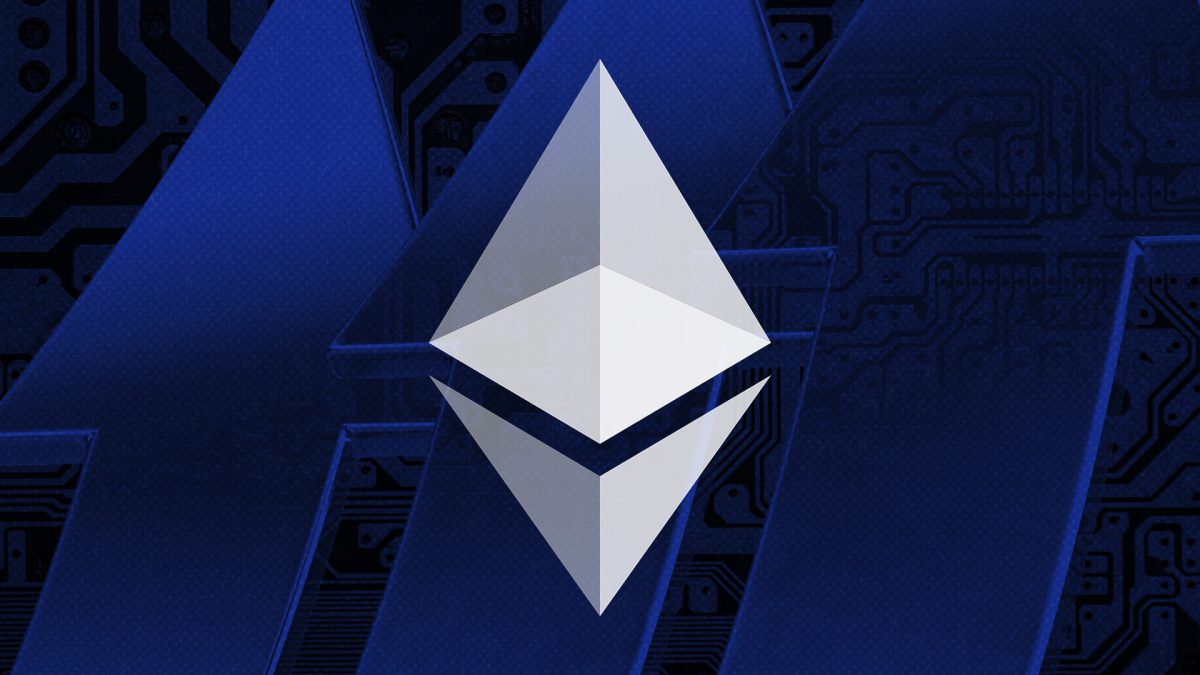Why is Bitcoin hash rate so important to security?


Bitcoin’s hash rate is an important measure of the computational power used to mine and process transactions on the Bitcoin network. It is expressed in hashes per second (h/s) and includes kilohash (kH/s), megahash (MH/s), gigahash (GH/s), terahash (TH/s), and petahash ( Displayed in standard units including PH/s). ) and exahash (EH/s). Hash rate refers to the number of calculations or guesses a mining rig makes per second to solve the complex mathematical problems required to verify transactions and add new blocks to the blockchain.
Hashrate is essential for several reasons:
Network Security:
A higher hash rate means a more secure network. This means that more computational power is required to change the blockchain, making it more resistant to attacks such as a 51% attack, where a malicious actor would need to control a majority of the network hash rate to manipulate transactions.
A lower hash rate means less computational power used to mine and process transactions, reducing the overall security of the network. This makes them more vulnerable to attacks and reduces the reliability of decentralized systems. With fewer miners securing the network, it becomes easier for malicious actors to control 50% or more of the network’s computing power. These controls allow attackers to manipulate transactions, double-spend coins, and potentially disrupt network integrity.
Mining Difficulty:
Hash rate directly affects mining difficulty, which measures how difficult it is to find new blocks. As more miners join the network and the hash rate increases, the difficulty is adjusted to ensure that blocks appear consistently, typically every 10 minutes for Bitcoin. These self-regulating mechanisms help maintain the stability and predictability of the network.
Bitcoin’s hash rate, which measures the computational power used to mine and process transactions on the network, directly affects mining difficulty. Mining difficulty refers to how difficult it is to solve the cryptographic problems needed to mine new blocks and receive rewards. This parameter is adjusted based on the hash rate of the network to maintain consistent block generation times (typically every 10 minutes for Bitcoin).
As the hash rate increases, more computational resources are used to mine a block, which has several important effects.
As the hash rate rises, the network adjusts the mining difficulty upward. These adjustments ensure that blocks continue to be mined at regular intervals despite increased computational power. The difficulty parameter is recalculated approximately every 2,016 blocks (approximately every two weeks) to reflect the current hash rate. This coordination mechanism ensures that the average block time remains close to 10 minutes regardless of the number of miners, maintaining the stability of the Bitcoin network.
Conversely, as the hash rate decreases, fewer computational resources are available, allowing the network to lower the mining difficulty to continue mining blocks at the target rate. These adjustments make it easier for the remaining miners to find new blocks and maintain the blockchain.
Miners’ economic viability:
Hash rate helps miners estimate potential profitability. Higher hash rates generally mean more competition between miners, which can affect rewards. Miners must consider hash rate and electricity and hardware costs to determine if mining is economically viable.
Low hash rates often reflect reduced profitability for miners. If mining becomes unprofitable, many miners may leave the network, especially after events such as the Bitcoin halving, which reduces block rewards. This churn can further reduce the hash rate, creating a negative feedback loop that exacerbates the above risks until subsequent difficulty adjustments.
Hash rate is also correlated with energy consumption. This is because higher computational power requires more power. This means that Bitcoin is directly tied to energy. Unlike traditional financial systems, which can create derivatives of financial instruments much larger than natural resources, Bitcoin has a direct and unbreakable link to the resource. Bitcoin’s hash rate is often linked to environmental issues, but in many ways it is the exact opposite. This is a protection against greed and excess that can be scaled back to harness renewable energy, waste and stranded energy and support an energy grid.
Network health indicators:
Hash rate serves as an indicator of the overall health and robustness of the Bitcoin network. A rising hash rate means increasing interest and investment in mining infrastructure. In contrast, a decreasing hash rate may indicate potential problems such as reduced miner participation or increased vulnerability to attacks.
A lower hash rate means fewer miners participating, which can increase the time required to verify a transaction and add it to the blockchain. This slowdown could impact the usefulness of Bitcoin, especially for transactions that require timely settlement. Additionally, this can lead to higher transaction fees as miners prioritize transactions with higher fees to maximize their reduced rewards, and users compete to have their transactions included in the next block.
A lower hash rate allows mining power to be centralized across a smaller number of broader mining operations. This centralization increases the risk of coordinated attacks or failures, weakening the decentralized nature of the Bitcoin network and creating additional security risks.
Additionally, hash rate distribution across different geographic locations and mining pools is important to prevent centralization and enhance the security and robustness of the Bitcoin network.
Ultimately, Bitcoin’s hash rate is an important measure of network security, mining difficulty, and miners’ economic viability. This reflects the computational power dedicated to maintaining the blockchain and plays a critical role in ensuring the integrity and stability of the Bitcoin network.
The system is self-regulating and designed to protect against malicious actors seeking to take down the network. As the hash rate increases or decreases, it also becomes difficult to ensure the balance and sustainability of the network.


